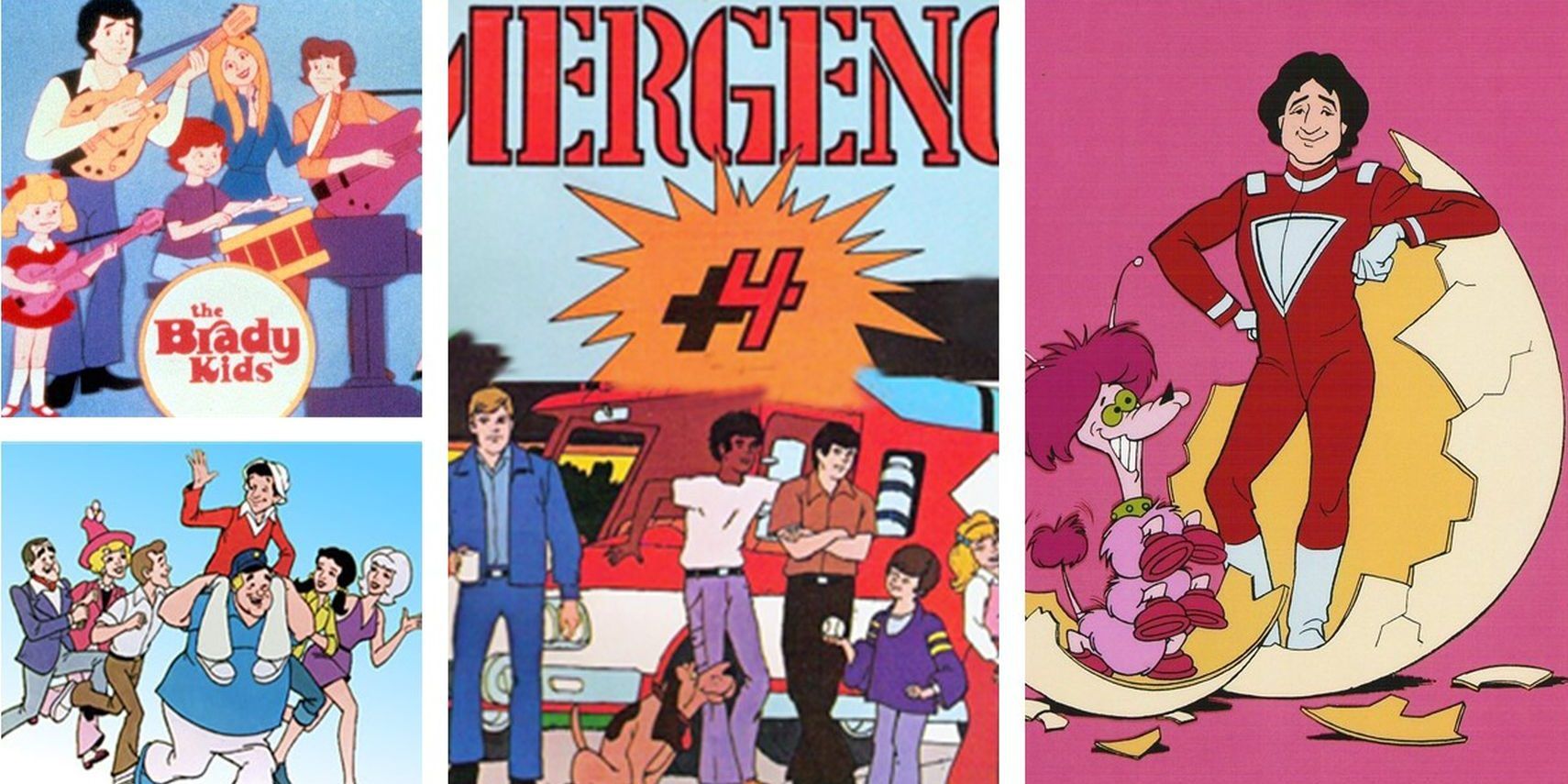
There was a shift in Saturday morning fare in the early 1970s. Superheroes were replaced by teenage mystery solvers and their dogs. Animated musical groups began to pop up in strange places. Furthermore, the big cartoon studios of the time, including Hanna-Barbera and Filmation, felt it would be good to animate live-action television shows.
In some situations, it made sense. What was able to be done in cartoon form was a lot less expensive than in a live show. Still, there were some live-action shows where a transition to cartoon form was confusing to both the viewers and the networks.
10 The Brady Kids (1972) Ushered In The Era Of Animating Live-Action Series
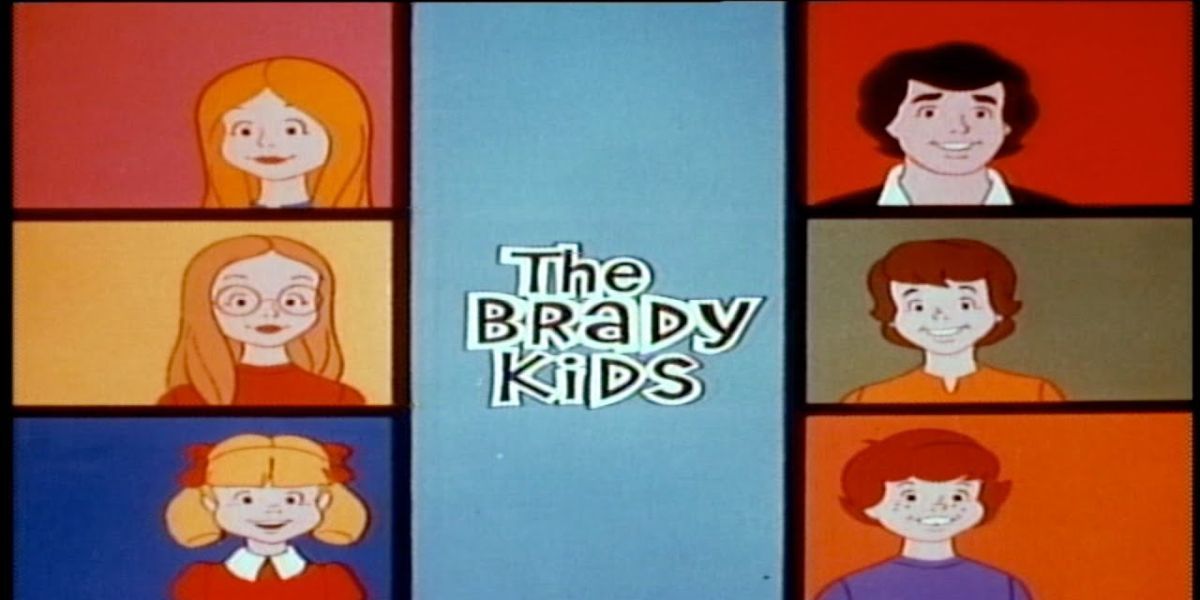
Filmation Studio's The Brady Kids continued one Saturday morning trend while introducing another. It moved forward with the animated musical group idea that shows like The Archies originated in the late 1960s. While doing that, it became the first cartoon to emulate an ongoing, live-action, primetime program.
The Brady Bunch was still hot as it entered its fourth season on ABC in 1972. So, it wasn't a stretch to animate the sextet of Brady children for a Saturday morning show that focused on their musical talents. Additionally, it took a page from Rick Springfield's Mission: Magic! and added some mysticism to the program in the form of a wizardly bird.
9 Lassie's Rescue Rangers (1973) Had The Collie Lead A Team Of Forest Animals
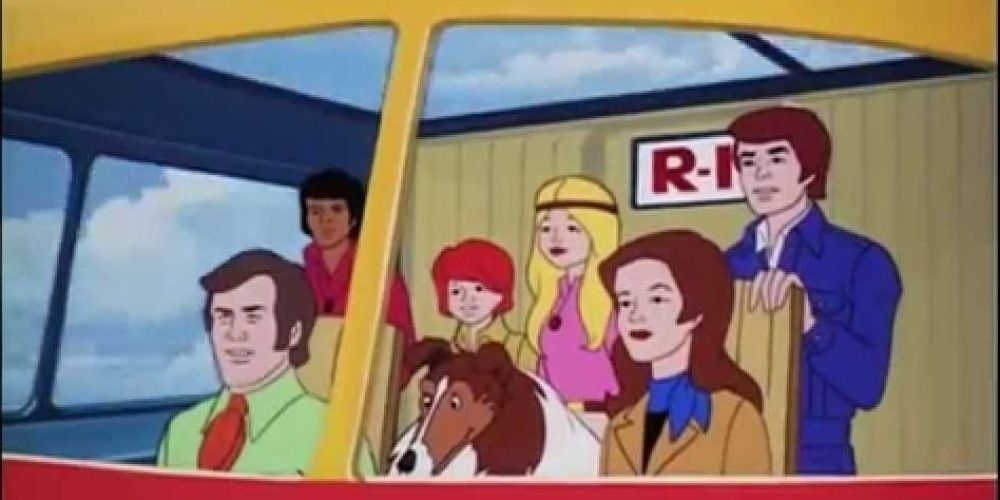
Lassie had been a mainstay on primetime television since her first appearance on CBS in 1954. She remained on the small screen in a live-action form for 19 seasons. Then, Filmation took over and created an animated version of Lassie for a made-for-TV film called Lassie and the Spirit of Thunder Mountain.
The success of this ABC Saturday Superstar Movie resulted in Lassie's Rescue Rangers. In the show, the collie is the leader of a team comprised of eight forest animals. They assist a group of human adults and teens called the Forest Force in protecting Thunder Mountain National Park.
8 Star Trek: The Animated Series (1973) Took The Enterprise Beyond Live Limitations
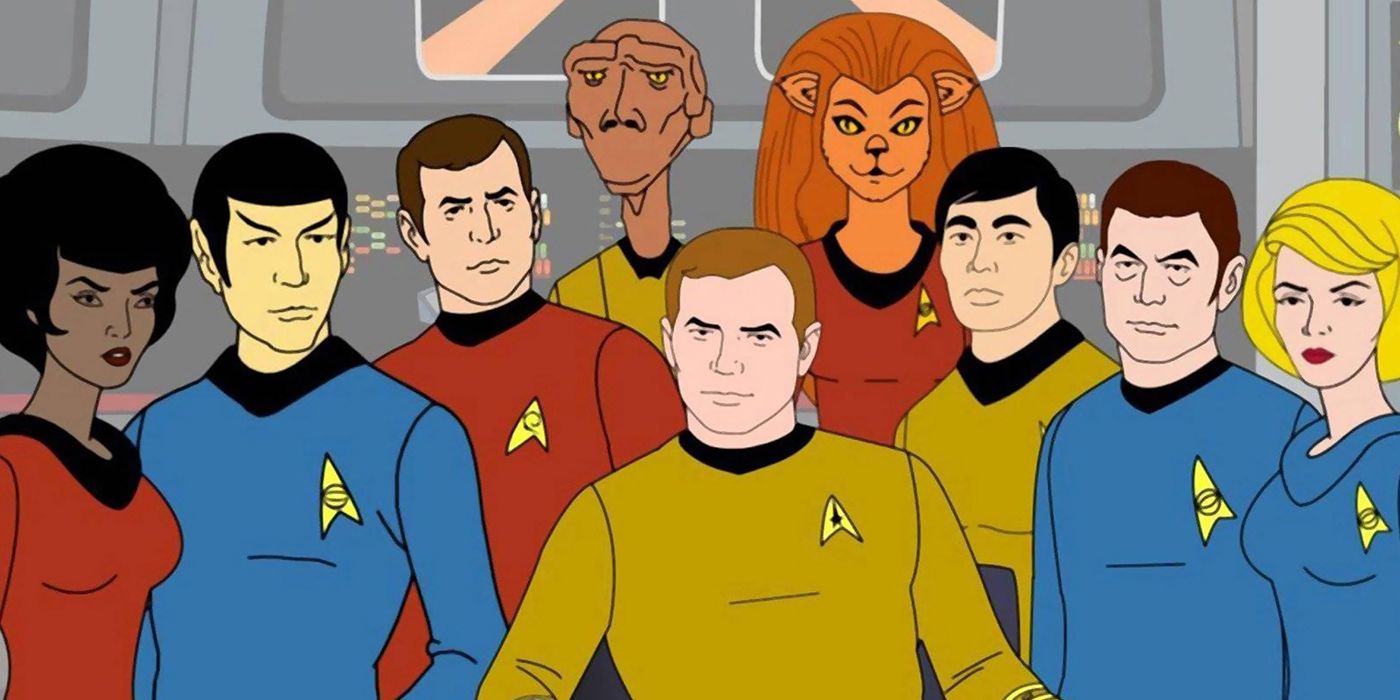
Star Trek: The Animated Series is one example where a cartoon version ended up somewhat superior to the original. Although, some of the production on this NBC Saturday morning show was a bit stilted, especially when it came to characters talking to each other. However, the scope of the writers' imagination was greater. Plus, having the Enterprise crew voiced by most of the original cast helped a good deal.
The animated Star Trek stayed true to the concept of the original series, minus 30 minutes. It also gave fans some memorable episodes. Among them is D.C Fontana's "Yesteryear" where Spock travels back in time to visit his younger self. Another is "The Counter-Clock Incident" where the Enterprise crew is subject to de-aging.
7 Jeannie (1973) Was A Sequel To The Original 1960s Series
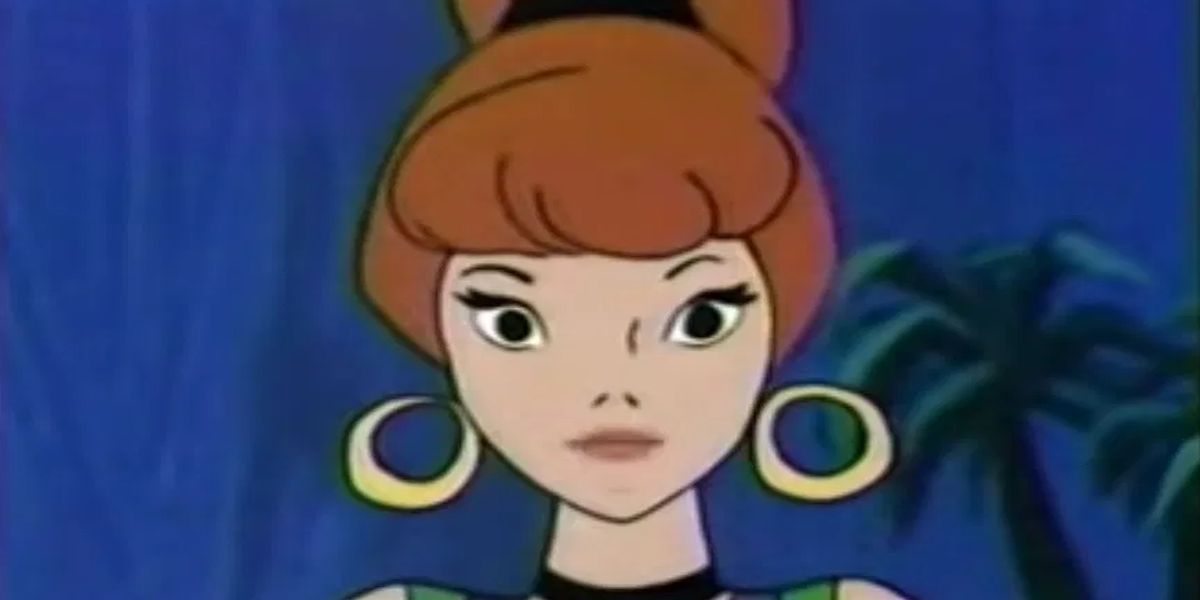
Though the original I Dream of Jeannie ended in 1970, Hanna-Barbera studios decided a sequel of sorts was needed. Since they were on a kick with teenagers in the early 1970s, they decided to give that treatment to Jeannie. As a result, she got a new master and a new life.
Her new master was Corey Anders, a teenage surfer voiced by Mark Hamill. She was also joined by genie-in-training Babu, voiced by former Three Stooges member Joe Besser. The 16 episodes of Jeannie! normally focused on Corey getting in trouble and his genie with the red hair rescuing him and his friends.
6 Emergency +4 (1973) Had Teenagers Join Paramedics Gage & DeSoto
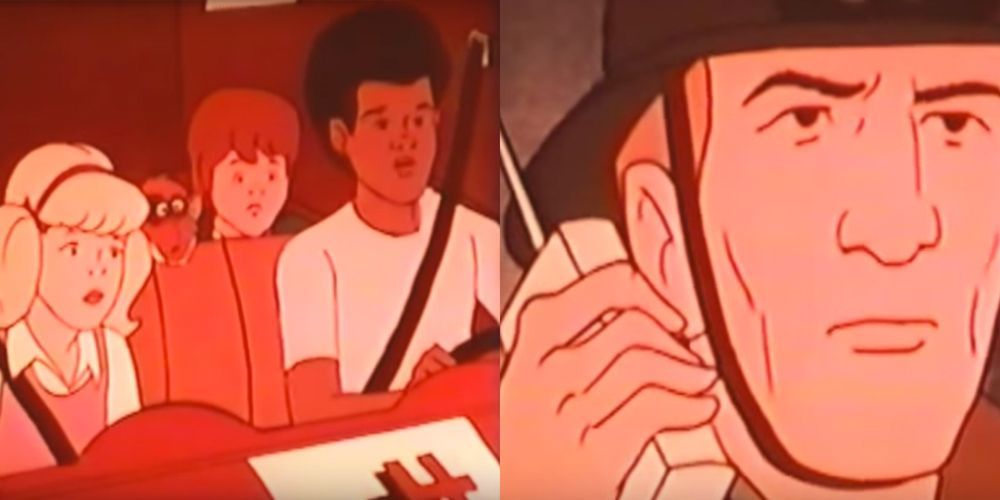
Fortunately, paramedics Gage and DeSoto didn't play in a band in this animated version of their adventures. Instead, they continued the tradition of life-saving rescues started in their live-action NBC series. The main difference was the addition of four teenage paramedics.
Among the live-action to animated fare, Emergency +4 remains one of the better conversions. The cartoon was produced by Universal, who also distributed the primetime version. Rather than being amazingly silly, the writers and actors relied on real-life situations. For instance, in the episode titled "Tsunami," Gage, DeSoto, and the teens prepare for a potential tidal wave in the L.A. area.
5 The New Adventures Of Gilligan (1974) Continued The Castaways' Adventures
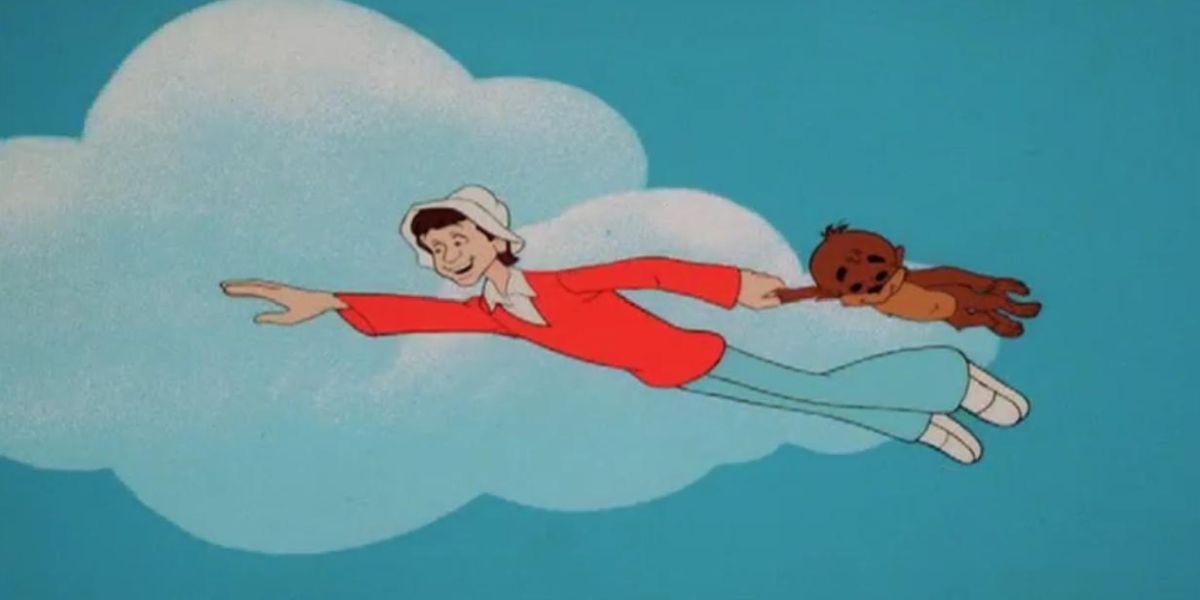
Here's another example of a primetime show that was a perfect animated fit. Though Gilligan's Island ended in 1967, repeats could be found on most weekday afternoon TV schedules. It made sense for Filmation to reach out to Sherwood Schwartz, the show's creator, to do a cartoon version of the program.
Besides Mary Ann and Ginger, the rest of the original cast voiced their animated versions. To cater to a Saturday morning audience, the episodes tended to have an educational moral that was summarized at the end of the show. In the 1980s, Filmation brought back the Castaways once again in a space-faring show called Gilligan's Planet.
4 Partridge Family 2200 A.D. (1974) Moves The Family To The Future
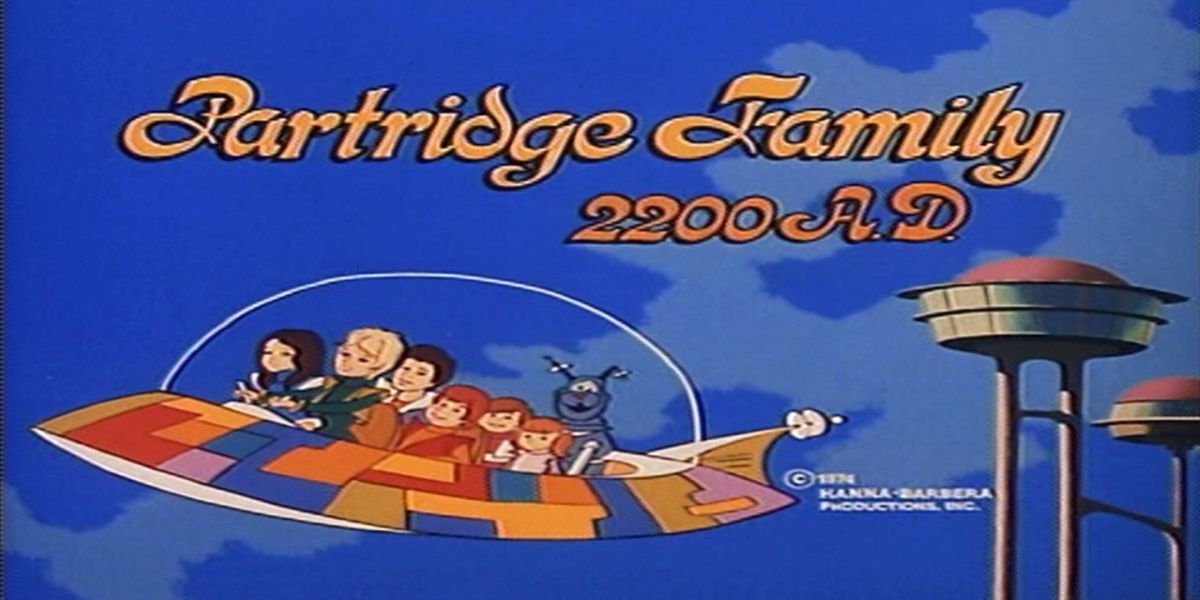
There are several strange things about the animated version of The Partridge Family. First, for no apparent reason, they were transported to the 23rd century. This was probably due to a failed idea to bring back the Jetsons' children, Judy and Elroy, as teenagers.
Second, this musical family seemed to live in the Jetsons' form of the future. It came complete with flying bubble cars and extreme high-rise apartments. Third, the only original cast members to voice their animated counterparts were Danny Bonaduce, Brian Foster, and Suzanne Crough. In the end, Partridge Family 2200 A.D. didn't have the same staying power as The Brady Kids.
3 Fonz & The Happy Days Gang (1980) Sent The Group Across Time
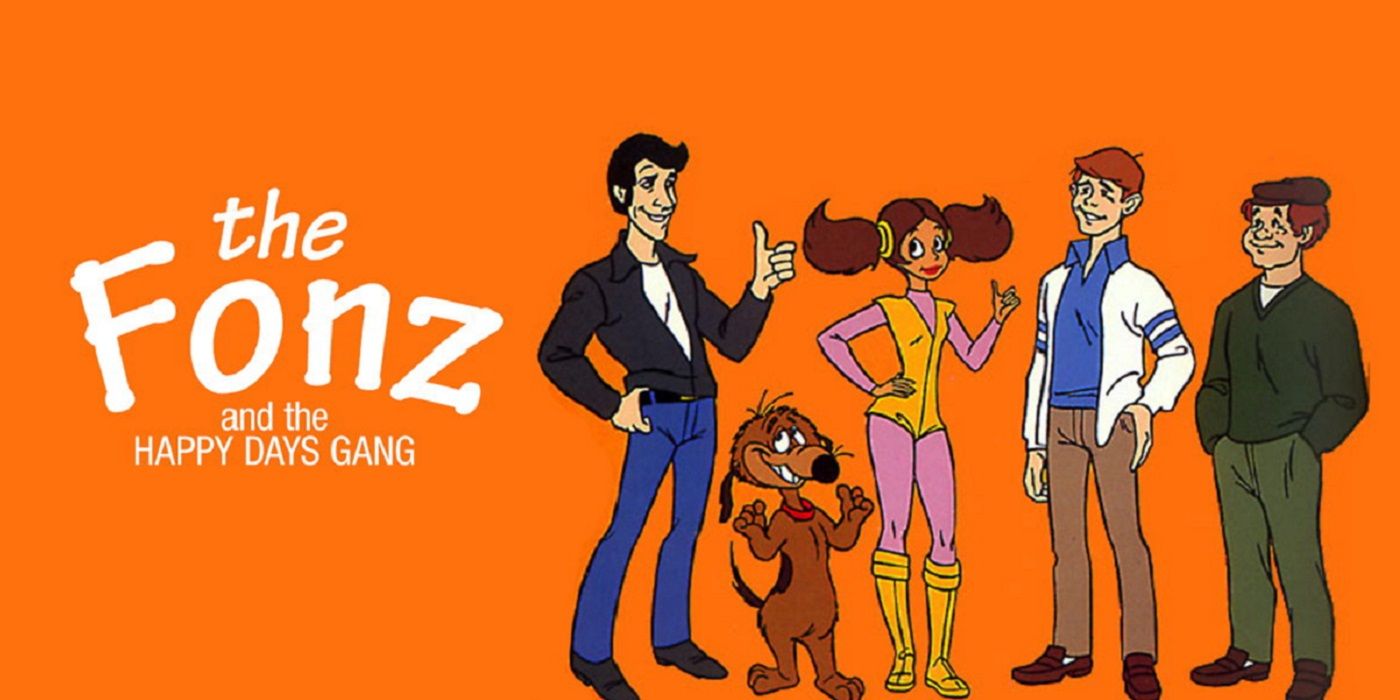
By the late 1970s and early 1980s, animation studios started to run dry when it came to new ideas for Saturday morning cartoons. Luckily, Hanna-Barbera had fortune on their side during this time thanks to a trio of popular Garry Marshall programs.
The first one the cartoon studio used was Happy Days. From it, they created Fonz & the Happy Days Gang. In what some say was a Doctor Who ripoff, Fonzie, Richie, and Potsie, voiced by the original actors, travel through time in a phone booth with Cupcake, voiced by Didi Conn. The quartet was joined by Fonzie's dog, Mr. Cool.
2 Mork & Mindy (1982) Turned Mork Into A Teenager
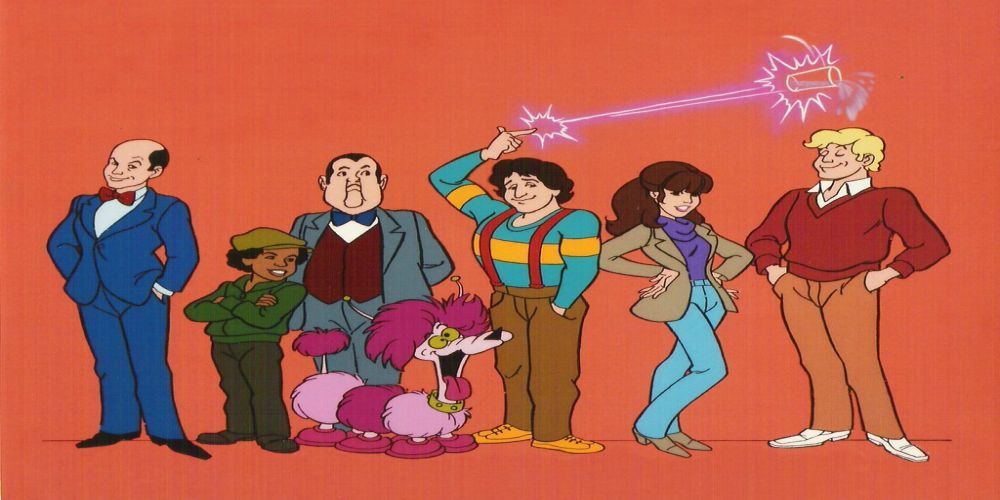
Once Fonz & the Happy Days Gang ended its run, Hanna-Barbera turned to two other Garry Marshall shows. They animated Laverne & Shirley and put them in the Army along with the Fonz. Along with them, the cartoon studio animated the already cartoonish Robin Williams in a Saturday morning version of Mork & Mindy.
Williams voiced a teenage version of the Orkan sent to Earth to observe their traits. He was joined by a younger Mindy and her father, voiced by the live-action show actors Pam Dawber and Conrad Janis. Coming for the ride with Mork was his six-legged pink dog named Doing.
1 The Dukes (1983) Places The Duke Boys In A Race Around The World
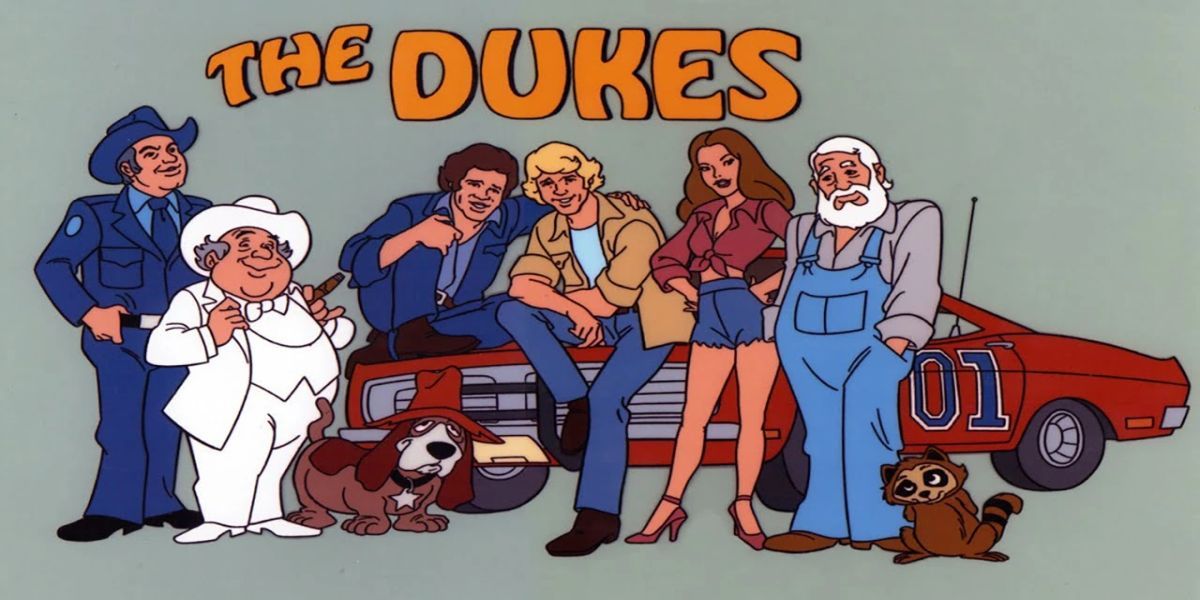
Fans of The Dukes of Hazzard could say the live-action version of the show had plenty of cartoon antics. There were numerous automobile stunts and piles of slapstick comedy that removed the show from some form of realism. Thus, it was only natural to move the Duke boys to Saturday morning.
The result was Hanna-Barbera's The Dukes. Premiering on CBS in the fall of 1983, the show featured the voices of the original good ol' boys, Bo and Luke, their cousins, Coy and Vance, Daisy, and Boss Hogg. Instead of transporting moonshine, the Dukes and the Boss race across the globe.
0 Comments